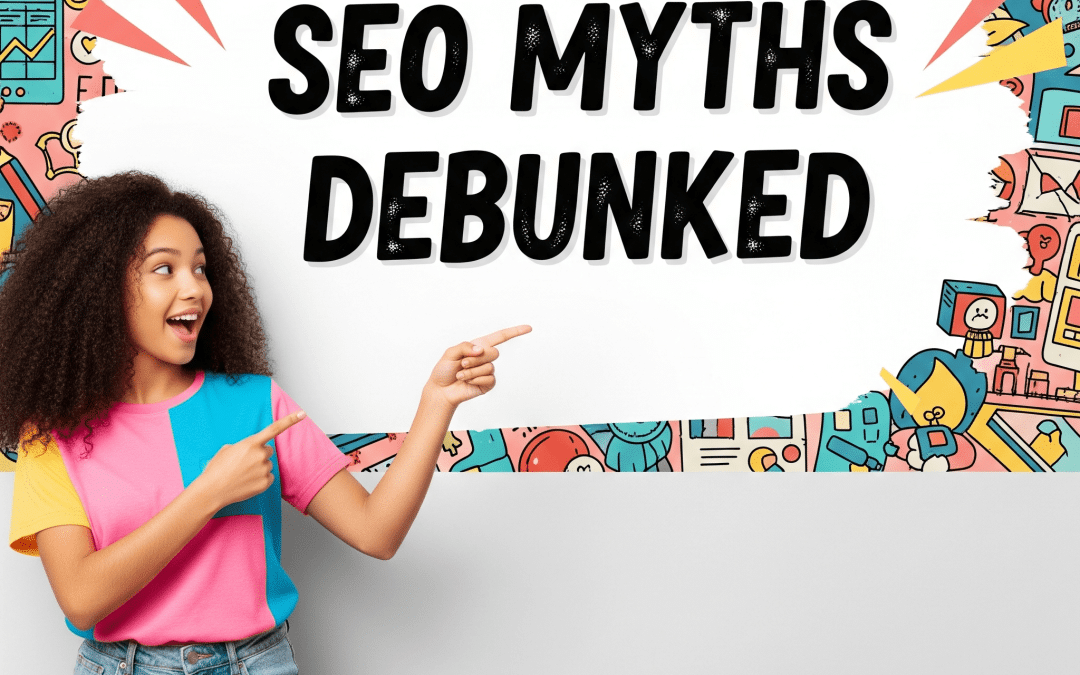When it comes to SEO, separating fact from fiction is harder than ever. With algorithm updates rolling out regularly and endless opinions from “experts,” many Australian business owners are left guessing what actually helps them rank on Google.
The truth? Outdated strategies and SEO myths can do more harm than good.
At Mulwaree Online, we work with businesses across Australia to implement evidence-backed strategies that drive real results. This blog will bust most persistent SEO myths that could be holding your business back from misconceptions about domain age to the belief that SEO is a one-time setup.
Let’s start with one of the oldest and most misunderstood myths in the SEO world: the Google Sandbox.
Myth #1:New Websites Are Automatically Placed in the “Google Sandbox”
There’s a long-standing belief that new websites are “sandboxed” by Google—essentially placed in a waiting period before they’re eligible to rank well in search results. This “Google Sandbox” idea implies that no matter how good your content or structure is, you’ll be held back for months just because your site is new.
The Reality
While new sites do take time to build trust and authority, there is no official “sandbox” penalty. Google’s John Mueller has repeatedly stated that there’s no algorithmic delay imposed on new domains. Instead, what feels like a sandbox is often the natural process of:
-
Earning backlinks over time
-
Gaining user signals like clicks and engagement
-
Proving content quality and relevance
In competitive niches, ranking takes longer simply because you’re up against established sites. But if your content is strong and your technical SEO is in order, you can rank sooner than expected especially for long-tail and local keywords.
What You Should Do Instead
-
Focus on publishing high-quality, helpful content from day one.
-
Build local citations and backlinks that show credibility.
-
Submit your site to Google Search Console and create a sitemap.
-
Target long-tail, low-competition keywords that your audience is actively searching for.
At Mulwaree Online, we help new websites break through this early growth phase with data-driven SEO strategies tailored for rapid visibility and sustained performance.
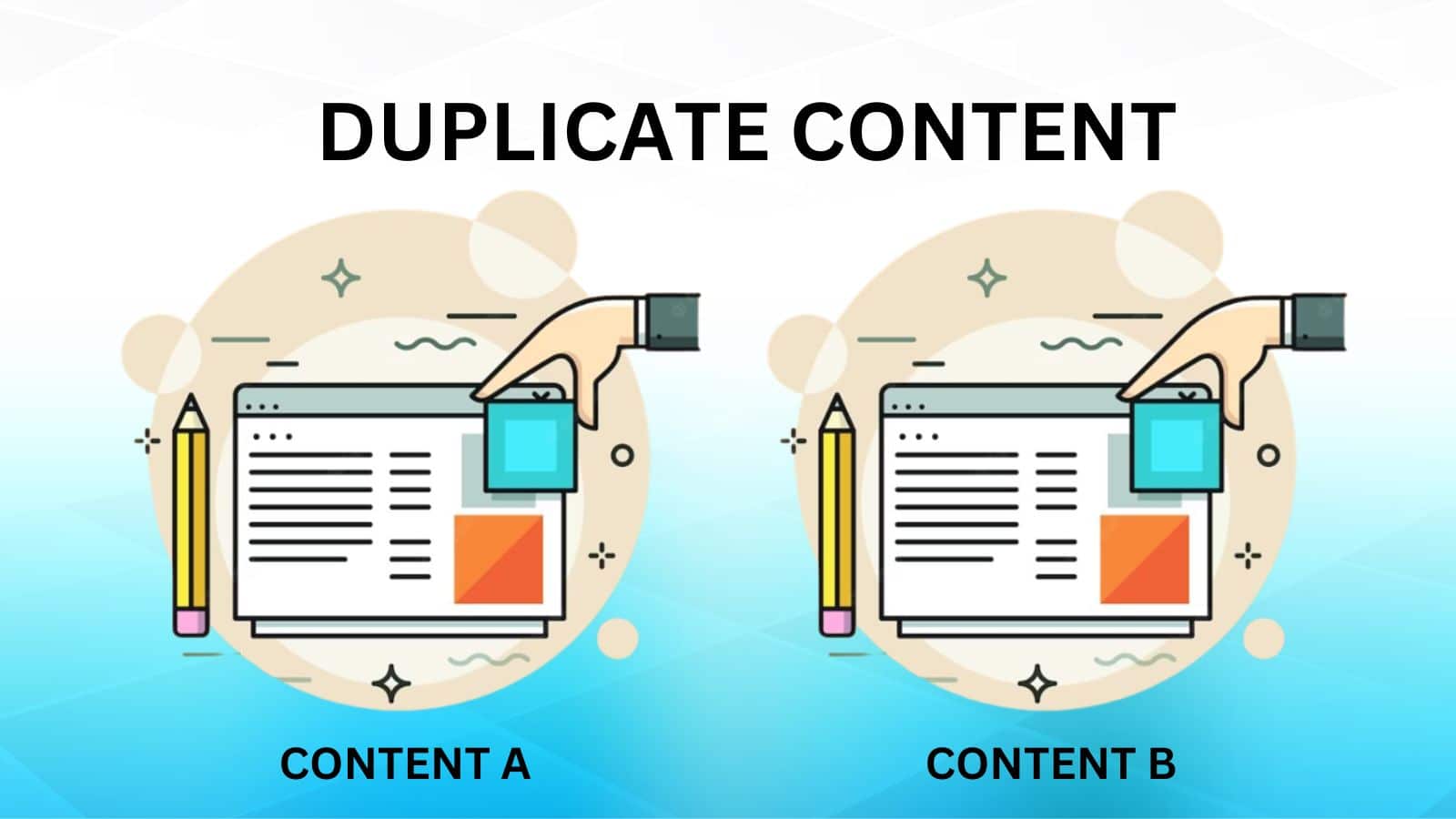
Myth #2: Duplicate Content Will Get You Penalised by Google
You’ve probably heard that having duplicate content on your website, whether repeated product descriptions, service blurbs, or reposted blogs will result in a Google penalty. This has made many website owners afraid to even quote another site or repurpose their own material.
The Reality
Google does not penalise websites for duplicate content in most cases. In fact, according to Google itself, duplicate content is normal on the web and only becomes a problem when it’s used to manipulate search rankings or deceive users.
What actually happens is Google filters similar content and chooses the most relevant version to show in search results. That means duplicate content won’t necessarily hurt you—but it also won’t help you rank.
The only time it may lead to a manual penalty is if it’s spammy, deceptive, or clearly intended to game the system. For example:
-
Scraping content from other sites without adding value
-
Creating doorway pages with the same content targeting different locations
-
Using AI-generated content with no human oversight or originality
What You Should Do Instead
-
Always aim for original, value-added content, especially for core pages like services, about us, and blogs.
-
If you must repeat content (like product specs), use canonical tags to point Google to the preferred URL.
-
Combine similar content into comprehensive, helpful resources rather than splitting it across multiple pages.
-
Use 301 redirects to avoid diluting SEO value between duplicated URLs.
Pro Tip from Mulwaree Online: In local SEO, it’s common to see repeated city-targeted pages. We help businesses restructure those into location hubs with unique content for each area—avoiding duplication while improving user experience.
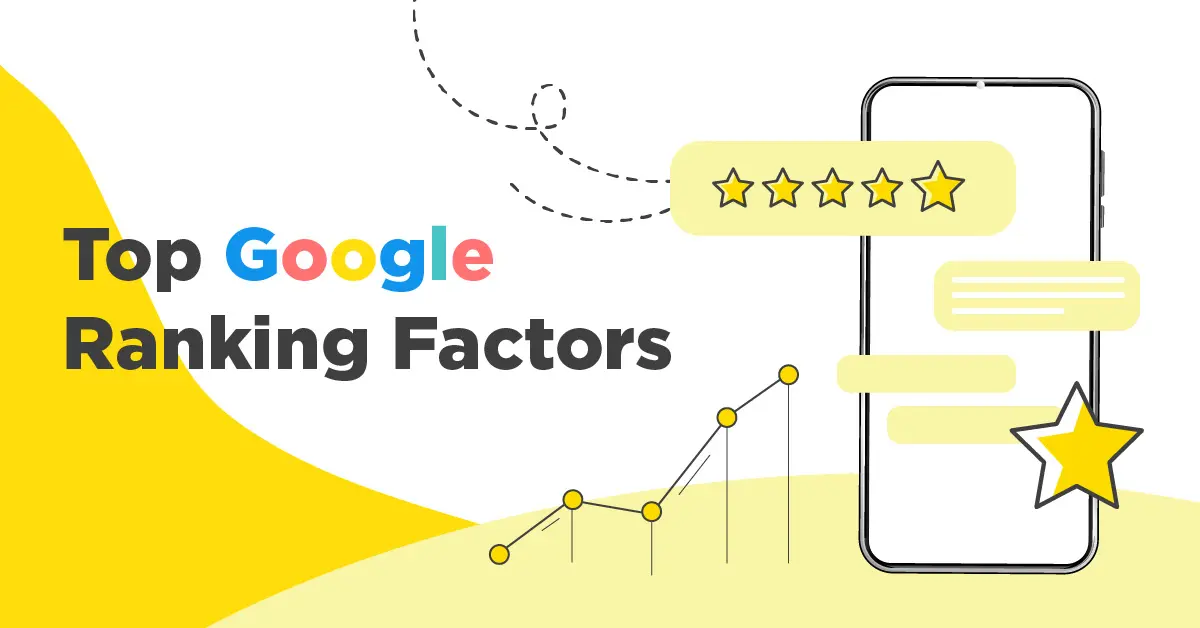
Myth #3: Running PPC Improves Your Organic Rankings
A common assumption among business owners is:
“If I spend money on Google Ads (PPC), my organic rankings will improve too.”
This belief often stems from seeing increased visibility and traffic while a PPC campaign is active, leading people to think there’s a direct SEO benefit from paid ads.
The Reality
Paid ads and organic rankings are completely separate systems within Google. Running PPC campaigns does not influence your SEO rankings directly. Google has confirmed this multiple times paying for ads won’t boost your organic visibility, no matter how much you spend.
That said, there can be indirect benefits:
-
PPC can drive branded search interest, which may improve click-through rates (CTR) in organic results.
-
Running ads gives you keyword insights that can inform your SEO strategy.
-
High-performing ad copy can inspire better meta titles and descriptions for organic listings.
But again, these are correlations, not causations.
What You Should Do Instead
-
Run PPC and SEO strategies in parallel to dominate both paid and organic spaces.
-
Use PPC data (e.g. high-converting keywords or locations) to refine your content and SEO targeting.
-
Focus SEO efforts on long-term value, while PPC helps cover short-term visibility gaps.
Expert Insight from Mulwaree Online: We help businesses in Canberra, Sydney, and beyond build dual-channel strategies—leveraging paid search for immediate results, and SEO for sustainable, compounding growth over time.
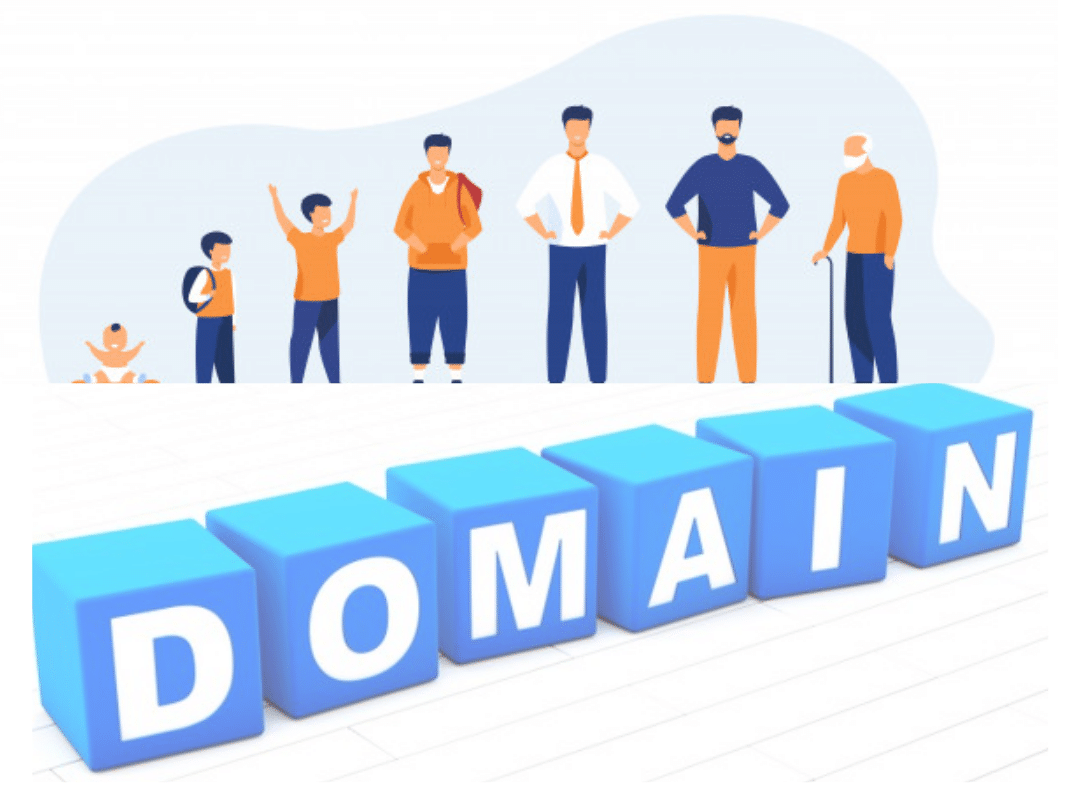
Myth #4: Domain Age Is a Major Ranking Factor
Many believe that the older your domain, the better your chances of ranking well in Google. This has led to the misconception that newly registered domains are at a disadvantage, regardless of content quality or strategy.
The Reality
Domain age is not a direct ranking factor. What truly matters is how much value your domain has built over time not how long it has existed.
Google’s John Mueller has clarified that “domain age” in isolation is not used in ranking algorithms. What does matter are signals like:
-
Quality and quantity of backlinks
-
Content relevance and freshness
-
Technical performance (page speed, mobile usability)
-
Engagement metrics (click-through rate, dwell time)
Older domains may rank well simply because they’ve had more time to build authority not because of the age itself.
What You Should Do Instead
-
Focus on building topical authority by consistently publishing helpful, original content.
-
Earn trustworthy backlinks through digital PR, guest posting, and business directories.
-
Improve technical SEO, even on a new domain, to get faster indexing and better crawlability.
-
Submit a sitemap via Google Search Console to help your new domain get discovered faster.
At Mulwaree Online, we’ve helped new Australian businesses outrank older, stagnant domains by implementing modern SEO practices grounded in Google’s latest guidelines.
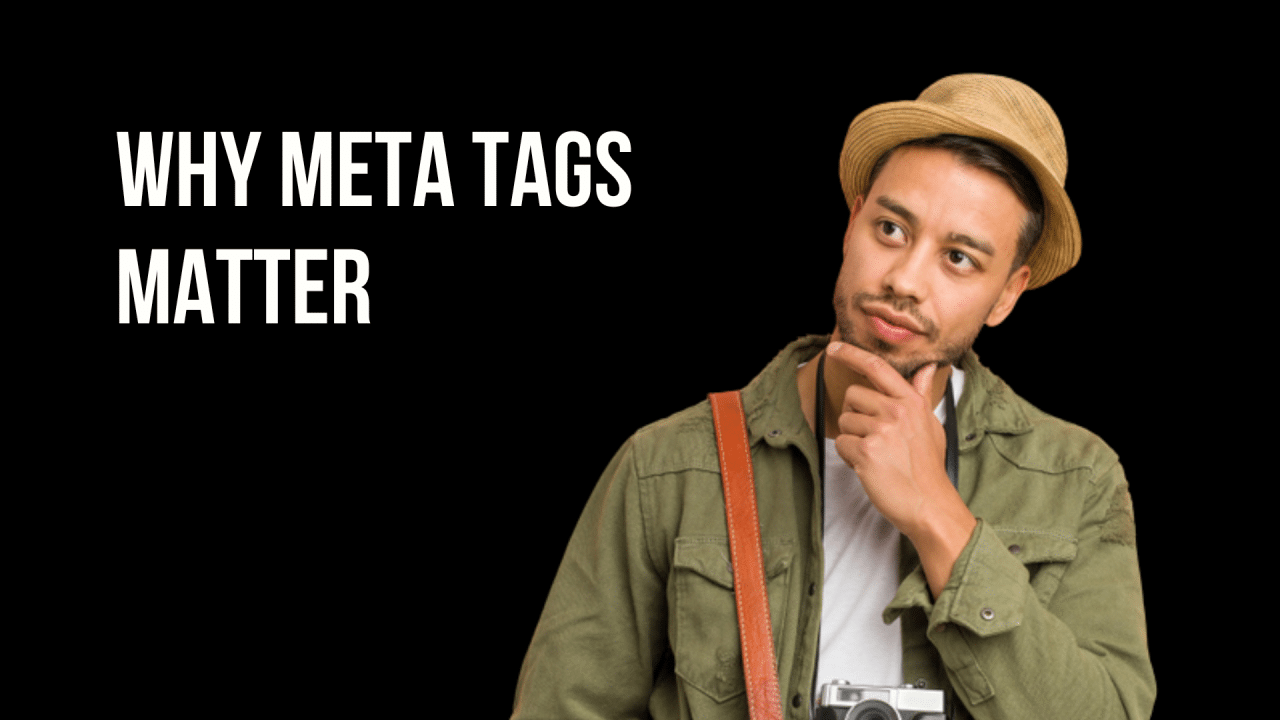
Myth #5: Meta Tags Don’t Matter Anymore
Some outdated SEO advice suggests that meta tags like the title and meta description are irrelevant to rankings and can be ignored. This myth has gained traction because Google often rewrites meta descriptions in search results.
The Reality
While not all meta tags directly influence rankings, some absolutely still matter especially your title tag.
Here’s how:
-
Title tags are a confirmed ranking factor. They help Google understand page relevance and influence click-through rates (CTR).
-
Meta descriptions, while not a ranking factor, strongly impact how users engage with your listing in search results.
-
Tags like robots meta tags, viewport tags, and canonical tags play critical technical roles.
Even though Google may rewrite your meta description based on the searcher’s query, a well-written one can still guide how your brand appears.
What You Should Do Instead
-
Write unique, keyword-targeted title tags for each page—ideally under 60 characters.
-
Craft compelling meta descriptions that include a CTA (e.g. “Get a free quote today”) and stay under 155 characters.
-
Use canonical tags on pages with similar content to avoid duplication issues.
-
Keep other meta tags (robots, viewport, etc.) properly configured in your site header.
At Mulwaree Online, we optimise every page for both humans and algorithms ensuring meta tags are meaningful, accurate, and performance-driven, particularly for local businesses across Australia.
Your content goes here. Edit or remove this text inline or in the module Content settings. You can also style every aspect of this content in the module Design settings and even apply custom CSS to this text in the module Advanced settings.

Myth #6: Keyword Stuffing Helps You Rank Faster
There’s a lingering belief that repeating your target keyword as often as possible in every heading, sentence, or alt tag will improve your rankings.
You’ve likely seen examples:
“Looking for the best Canberra SEO agency? Our Canberra SEO agency provides expert SEO services in Canberra.”
It feels forced, unnatural—and more importantly, outdated.
The Reality
Keyword stuffing hurts your rankings more than it helps. Google’s algorithms are designed to detect unnatural repetition and may penalise or ignore content that appears manipulative.
Modern SEO prioritises context, relevance, and intent over raw keyword frequency. In fact, excessive keyword repetition can:
-
Lower user experience and readability
-
Trigger spam filters
-
Dilute topical authority
Instead, Google now uses semantic search and natural language processing (NLP) to understand the topic and relevance of your content—even if exact keywords aren’t used repeatedly.
What You Should Do Instead
-
Focus on topic coverage rather than just keywords—answer the user’s full intent.
-
Use natural language, synonyms, and related phrases throughout your content.
-
Structure content clearly with H1, H2s, bullet points, and internal links.
-
Optimise for readability and engagement, not just keyword placement.
At Mulwaree Online, we craft SEO content that balances keyword targeting with user-focused storytelling, helping Australian businesses rank without sacrificing quality.
Myth #7: You Should Only Target High-Volume Keywords
Many business owners and even some marketers chase high-volume keywords, believing that ranking for these will automatically lead to massive traffic and business success.
For example:
“If we rank for ‘SEO services’ or ‘digital marketing,’ we’ll get thousands of visitors!”
But here’s the issue everyone else is chasing the same keywords, and they’re usually dominated by major players with huge budgets and long-standing authority.
The Reality
High-volume keywords are often high-competition and low-conversion. Targeting them may look impressive in theory, but in reality, it’s an inefficient strategy for small and medium-sized businesses—especially local ones.
In contrast, long-tail and intent-driven keywords may have lower search volume, but:
-
They’re more specific
-
They indicate stronger buying or action intent
-
They’re easier to rank for and convert better
For example:
Instead of targeting “digital marketing,” a smarter choice for your business might be:
- “SEO agency for tradies in Canberra”
- local Google Ads management for real estate”
These may have fewer searches, but the users behind them are more likely to convert.
What You Should Do Instead
-
Conduct keyword research to identify low-competition, high-intent long-tail keywords.
-
Group keywords by topic clusters to build authority over time.
-
Optimise for search intent—is the user looking to buy, learn, or compare?
-
Use high-volume keywords strategically in pillar content, but focus blog posts and landing pages on niche terms.
At Mulwaree Online, our keyword strategy focuses on quality over quantity targeting real opportunities that bring measurable ROI to Australian businesses.
Myth #8: Long-Tail Keywords Are Easy to Rank For
It’s often assumed that long-tail keywords (phrases with 3 or more words) are easy wins in SEO. Many believe they’re low competition and can quickly bring in rankings and traffic without much effort.
For example:
“Surely I’ll rank for something like ‘affordable SEO for Canberra plumbers’ overnight, right?”
The Reality
While long-tail keywords tend to have lower competition, they’re not guaranteed to be easy. Their difficulty still depends on:
-
The intent behind the search
-
The content landscape already ranking
-
Your website’s topical authority and domain strength
-
How well you address the query in context
Some long-tail keywords are actually highly competitive because they convert well. Others may have low traffic because they’re too narrow or have no commercial intent.
In short: long-tail ≠ easy. It still takes well-structured, valuable, and optimised content to earn visibility.
What You Should Do Instead
-
Choose long-tail keywords with clear intent and measurable demand using tools like SEMrush, Ahrefs, or Google Search Console.
-
Avoid long-tail keywords with zero traffic—unless they’re part of a broader content cluster.
-
Use them to support pillar pages and create internal linking pathways to strengthen overall site authority.
-
Ensure your content fully answers the long-tail query with depth, structure, and clarity.
Mulwaree Online’s SEO campaigns in Sydney and Canberra combine long-tail content strategy with topical authority building so you’re not just ranking, you’re converting.
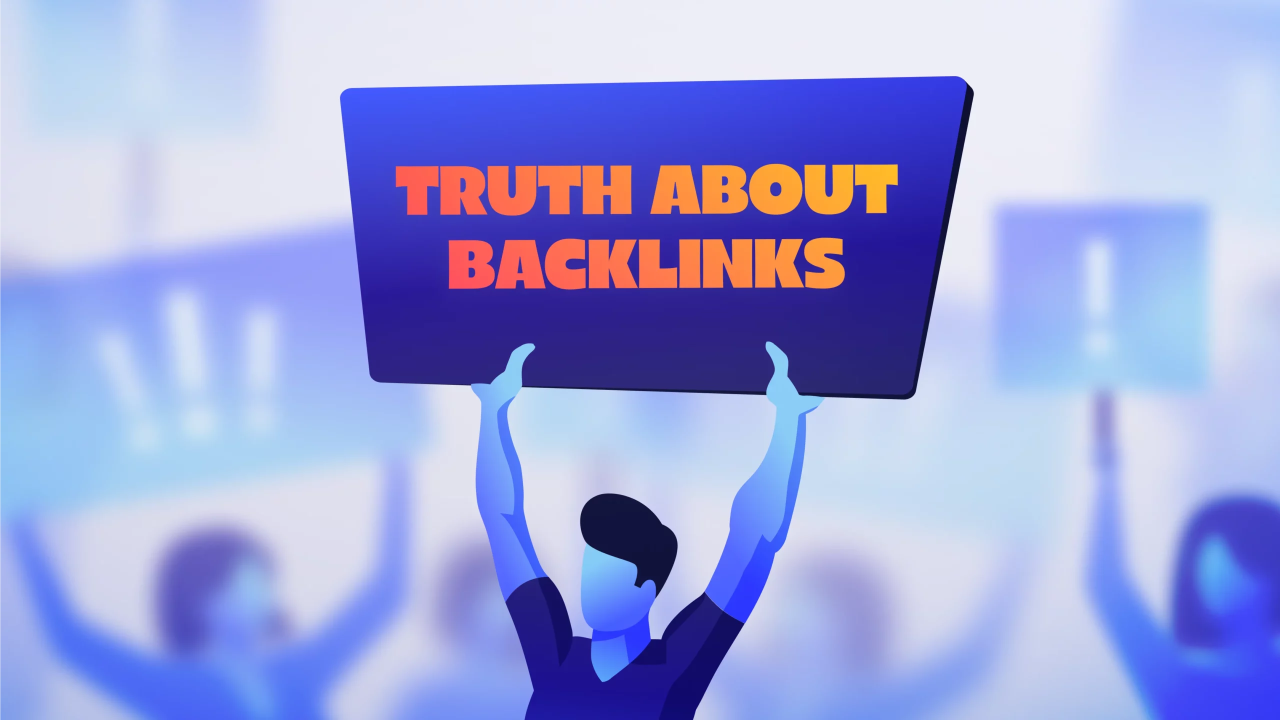
Myth #9: Backlinks Are All You Need to Rank
Backlinks have long been a pillar of SEO, leading many to believe that if you just get enough backlinks, you’ll dominate Google rankings regardless of content quality or site structure.
Some even think:
“If I buy 500 backlinks, I’ll shoot to the top of page one.”
The Reality
Yes, backlinks are important, but they are just one piece of the puzzle. Google values quality over quantity, and blindly chasing backlinks especially from irrelevant or spammy sites—can actually hurt your rankings.
In 2025, ranking well requires a holistic SEO strategy, where backlinks complement:
-
High-quality, relevant content
-
Clean technical SEO (e.g., crawlability, page speed)
-
Strong user signals (e.g., engagement, dwell time)
-
Internal linking and site structure
Google’s algorithms now look for natural backlink profiles, relevance of linking domains, and the context around those links.
What You Should Do Instead
-
Focus on earning authoritative backlinks through content marketing, digital PR, and local citations.
-
Avoid buying links or using black-hat tactics—these may work short-term but can cause penalties.
-
Use internal linking to distribute backlink authority across your site.
-
Create link-worthy assets like data studies, guides, local insights, or tools that naturally attract references.
At Mulwaree Online, we build ethical, white-hat link strategies that improve domain trust, relevance, and search visibility without risking penalties for your Australian business.
Myth #10: Google Uses Analytics Data Like Bounce Rate to Rank Pages
A widely shared belief is that Google uses Google Analytics data like bounce rate, time on site, and pages per session—as direct ranking factors. This leads to the assumption that if a page has a high bounce rate, it will automatically be downgraded in search results.
The Reality
Google does not use Google Analytics data for ranking websites. In fact, Google has publicly stated that it does not access personal or site-level Analytics data for ranking purposes.
However, this doesn’t mean user behaviour signals are ignored entirely. Google does analyse engagement at scale through indirect signals like:
-
Click-through rate (CTR) from search results
-
Pogo-sticking (users clicking your result, then quickly returning to Google)
-
General content satisfaction, assessed via AI models and feedback loops
But these are inferred from user behaviour within the SERP, not from your GA dashboard.
A high bounce rate doesn’t always mean poor content. For example:
-
A user reads your article in full and leaves = bounce
-
A contact page gets a phone call after a few seconds = bounce
Yet both scenarios are successful outcomes.
What You Should Do Instead
-
Use bounce rate and session metrics as UX signals, not ranking signals.
-
Focus on satisfying search intent—make sure your content gives users what they came for.
-
Improve on-page engagement with CTAs, multimedia, internal links, and scannable formatting.
-
Monitor GA data to understand, not obsess over, performance trends.
At Mulwaree Online, we help Australian businesses move beyond vanity metrics crafting content and layouts that keep users engaged, reduce friction, and drive meaningful actions.
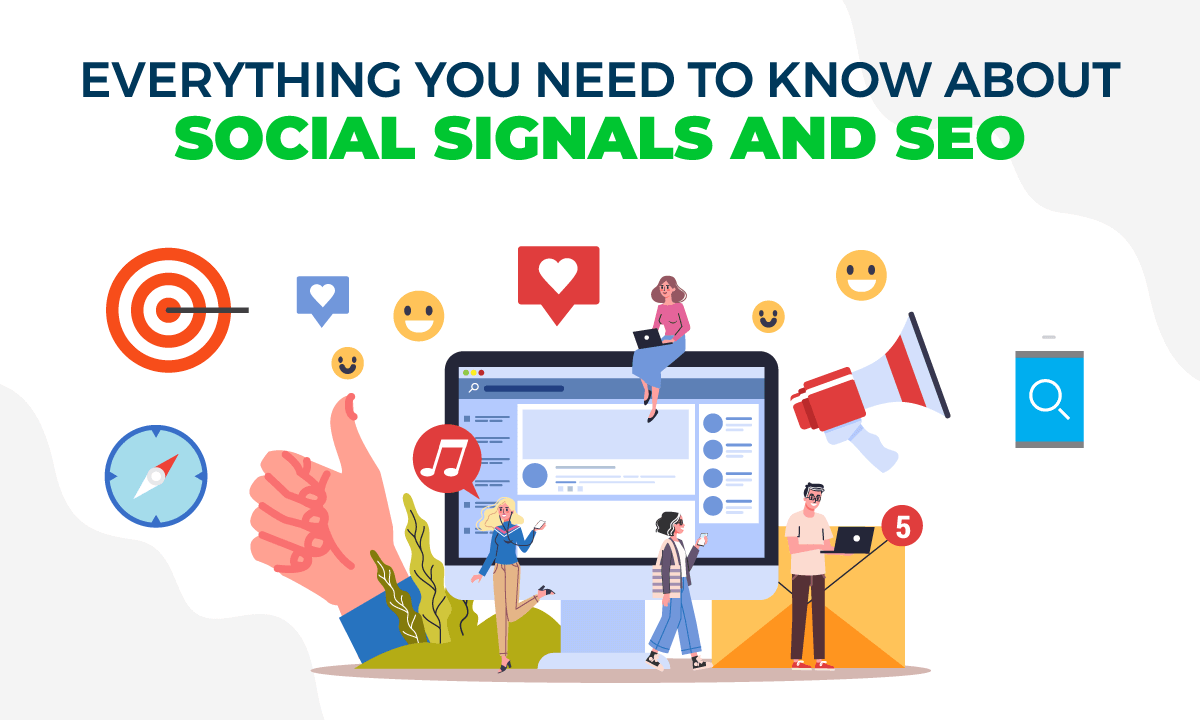
Myth #11: Social Signals Directly Improve Google Rankings
The Myth
Many marketers and business owners assume that likes, shares, comments, and followers on social media directly boost Google search rankings. The logic seems sound: if something is popular on social, surely Google rewards it too—right?
“If my blog post gets 100 shares on Facebook, it must rank better on Google.”
The Reality
Social signals are not direct ranking factors. Google has confirmed multiple times that it doesn’t count likes or shares from platforms like Facebook, Instagram, or LinkedIn as ranking signals.
However, social media can have an indirect but powerful impact on SEO:
-
It amplifies your content’s reach, increasing the chance of earning backlinks.
-
It builds brand awareness, which can drive more branded searches (a trust signal).
-
It boosts traffic to your site, which improves engagement and discovery.
In short, social media doesn’t tell Google what to rank—but it can help you earn the signals that do matter, like links and engagement.
What You Should Do Instead
-
Use social media to promote valuable content and get it in front of your audience.
-
Encourage sharing by creating engaging headlines, infographics, and quote snippets.
-
Include social sharing buttons on your blog and landing pages.
-
Monitor which content performs best on social, then optimise it further for SEO.
At Mulwaree Online, we integrate SEO and social strategy ensuring your content not only ranks, but also resonates and spreads across platforms like Facebook, LinkedIn, and Instagram.
Final Thoughts: Don’t Let SEO Myths Hold Your Business Back
In the ever-evolving world of digital marketing, outdated or misleading advice can do more than just waste your time—it can actively hurt your search visibility, credibility, and revenue.
We’ve just debunked 11 of the most common SEO myths, and we’re only getting started. From believing that backlinks alone are enough to thinking keyword stuffing still works, these misconceptions often lead businesses down the wrong path.
So what’s the truth?
SEO in 2025 is all about:
-
User-first content that solves real problems
-
Clean technical foundations for better crawling and indexing
-
Smart keyword strategy, not just chasing volume
-
Consistent performance tracking and refinement
If your current strategy is based on outdated myths, you could be missing major growth opportunities especially in competitive Australian markets like Canberra, Sydney, and Melbourne.
Need Help Navigating SEO the Right Way?
At Mulwaree Online, we don’t guess we use data, expertise, and proven strategies to get your business in front of the right people, at the right time.

